
Modernization
Learn more about government’s intention to modernize the museum to protect our historic holdings and provide better access to our collections.
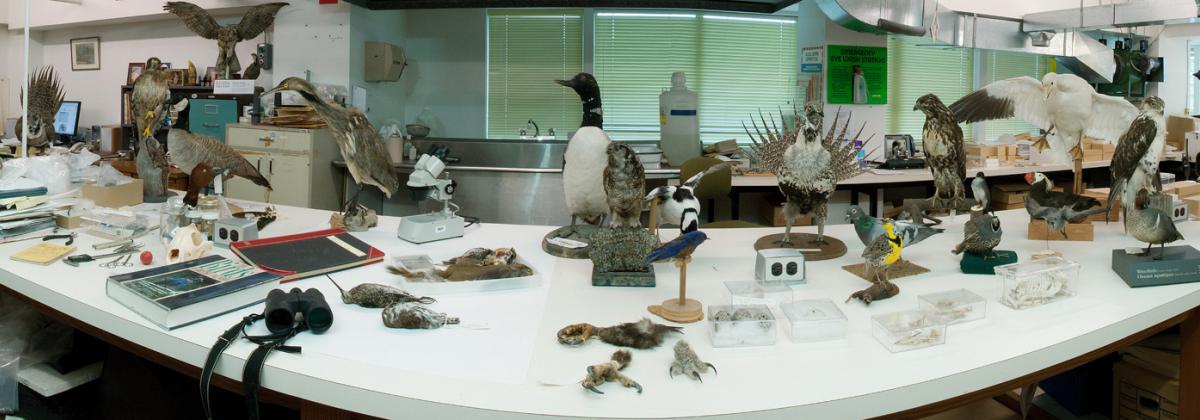
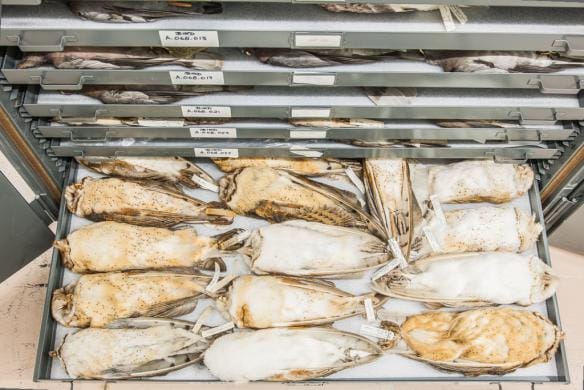
Most people are familiar with the game birds in British Columbia, but not the vast majority of British Columbia’s smaller birds that are not exploited for human use. Non-game organisms form the foundation for ecological communities, and these organisms cannot be ignored if we hope to understand population dynamics in British Columbia. The Royal BC Museum’s collection contains over 101,861 vertebrate specimens, in a wide range of life-history stages from eggs, eggshells, bird nests, preserved embryos and newly hatched or neonate animals to fully adult individuals. About 450 species of birds are represented in this collection, with more added every year.
Only a few birds are housed as wet specimens in jars. The majority of birds are prepared as study-skins and skeletons (featured in our bird bone identification guide). A few specimens are represented only by skulls, and there is a fair assortment of bird eggs and nests held in steel cabinets. Bird taxidermy mounts are stored in steel cabinets mixed in with the main part of the bird research collection.
This collection contains a few type specimens. Type specimens are the best examples of a species at the time a particular species was described. Better specimens may be found years later, but the type specimen designation stays with the original material used to describe a species. There are provisions for designating new type specimens if the originals are lost, but this is the exception rather than common practice.
Type specimens are held in a separate cabinet away from the main part of the research material. They do not go on loan to other institutions, and therefore, researchers must come here to examine these high-priority items.
Most vertebrates in the ornithology collection are from British Columbia, but a small portion of the collection comes from outside our borders, and serves as examples of organisms for comparison. There are also several exotic species in this collection to document the continued presence of species introduced by humans for hunting or from the pet trade. The collection also contains a small proportion of other exotic organisms that today would be rejected since they are not representative of British Columbia (e.g., tropical finches and parrots).
The vertebrate collection likely was the first to be established by Jack Fannin when the museum was created to stem the flow of artifacts out of province. Our oldest ornithology specimen is an ostrich egg collected in 1832. This specimen is an exception to the modern collection plan which is focused on British Columbia’s nature history. Up to 100 new specimens are received each year. The collection grows from research specimens, donations, and from specimens transferred from the Department of Fisheries and Oceans, Ministry of Transport, Ministry of Environment, regional Natural Resources Officers, and a wide range of other sources.
Our collections manager for mammals and birds is Lesley Kennes. There is a significant backlog to the bird collections because of the effort required to produce study skin and process skeletal material (either by boiling to remove soft-tissue or using dermestid beetles to clean away flesh). There are some problems associated with the collection; these are presently being addressed by the Bird and Mammal Collection Manager, including the replacement of all specimen tags and re-packing specimens in clear plastic Durphy boxes rather than cardboard boxes which were used in the past. Transfer to clear plastic boxes should reduce handling time and risk to specimens from mechanical damage.
The bird collection is fairly comprehensive. This collection contains a large number of Blue Grouse thanks to the long-term research of Fred Zwickel. The bird collection also includes specimens collected and prepared by many prominent naturalists and researchers in British Columbia. The bird collection obviously is biased towards smaller animals such as passerine birds. Recent noteworthy specimens prepared and added to the bird collection include the first prothonotary warbler found in BC, and a brown pelican found in Saanich Inlet.
In recent years, the emphasis has shifted to the collection of representative exotic species, including examples of game birds that have been released in BC. The bird collection is frequently used by researchers from neighbouring provinces and states, and from around the world for a myriad of projects ranging from stable isotope analyses of ecology, basic anatomy and systematics to population genetics analyses.
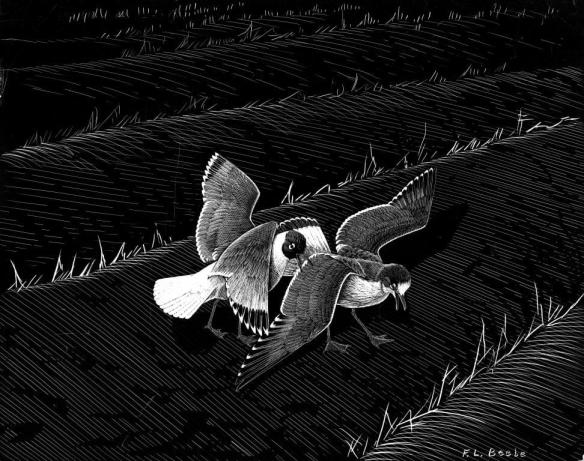
The bird collection’s greatest limitation is space to cover all major taxonomic groups. We will need additional room for at least another 300 specimens in the next few years. While most birds are housed in steel cabinets, the collection shares space with a large collection of fossils, and the present complement of cabinets is nearly full with little room for expansion.
As for all vertebrate groups, this collection is focused more towards organisms found in the southern part of the province. We have many specimens from southern Vancouver Island, the Fraser River delta, and the Okanagan region, and comparatively few from the interior portions of the Fraser drainage, the Yukon drainage, the Mackenzie drainage and farther offshore. The collection also has few specimens from the northern coast and Haida Gwaii (formerly known as the Queen Charlotte Islands), primarily due to the expense of accessing these locations.
Unfortunately in the 1990s, the museum lost contact with many of its original sources of specimens and now there is a substantial gap in the collection for many birds. We now are trying to address this gap by soliciting specimens from Natural Resource Offices and the Department of Fisheries and Oceans. By necessity, the bird collection is biased towards smaller animals because of space limitations and preparation. We require more cabinets to allow for collection expansion.
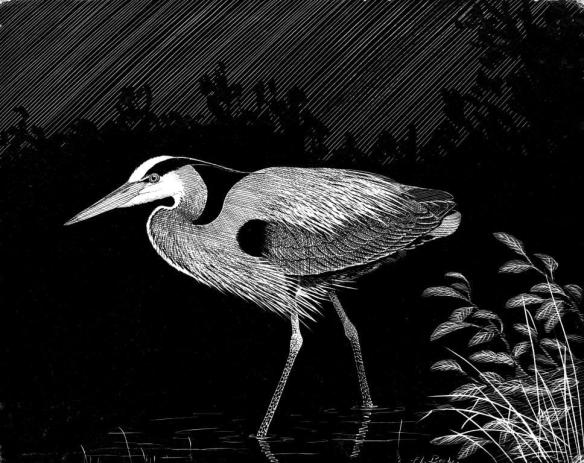
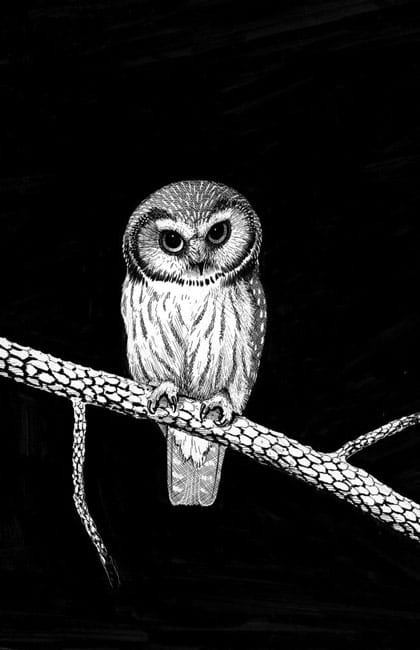
Our new aim is to use space more efficiently and to make room for collection expansion within the existing walls of the Fannin Tower. Plans to move palaeontology cabinets and use space more efficiently will allow us to expand the bird collection. There have been no collecting trips focused on birds. Donation of specimens from natural Resources Offices, airports, and the general public (road- and window-kills) has maintained a fairly constant flow of new specimens into the collection.
Survey permits to collect birds tend to be difficult to obtain if only to prepare and store specimens on museum shelves. Continued surveys are required to keep pace with changes in vertebrate populations, detect the presence of new exotics or expansion of the range of exotic species, and keep track of changes to native species in this province—especially the non-game birds, which tend to be overlooked. In an environment already heavily impacted by humans, it is difficult to justify collecting when species are already declining compared to historical levels, but we cannot protect what we do not understand, and we cannot understand that which we do not examine. Recovery of specimens from window kills or from wind-farms, pest control, roadkill, Natural Resource offices and other sources is critical to maintaining a constant flow of specimens into the collection for future research projects because we cannot predict what future researchers will study. Granted, this biases the collection to areas near human activity, but in times of fiscal restraint, this will maintain a flow of specimens at minimal cost.
The collection’s priorities include:
Multi-staff sampling trips every 5 years will be really useful to get routine collecting effort across different regions of BC on a regular basis to limit temporal as well as geographic gaps in the collection. We also will continue to develop and maintain relationships with outside parties and the general public to ensure a continual flow of specimens and let people know the RBCM still is collecting and preserving Natural History specimens.
With the increasing popularity of genetics research, the Royal BC Museum receives frequent requests for tissue samples. New −80°C freezers installed in the wet collection in 2011 allow us to increase our relevance to the research community because tissue samples now can be taken and preserved. New specimens will have a tissue sample taken for molecular research prior to preparation as study skin and skeleton for morphological research.
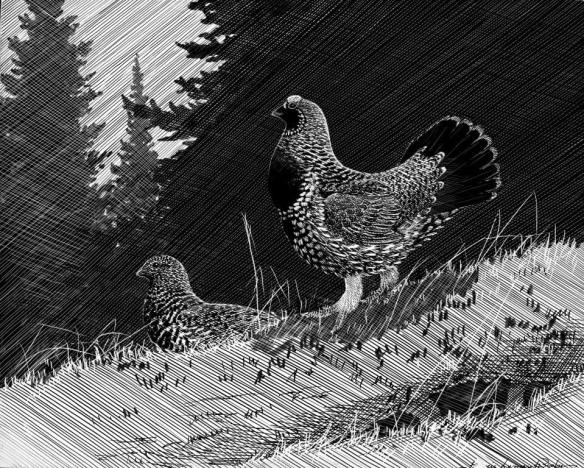
Government staff or contractors/consultants that collect specimens as reference material and vouchers should send their material to the museum. The museum represents a stable repository for specimens for future verification of identification and research. The museum also is actively soliciting specimens from the general public, even though collections near urban environments biases the collection to places frequented by humans. These specimens, however, are valuable in that they document our impact on the environment. Good quality specimens should be forwarded to the museum as records of mortality in BC.
Since the curator overseeing all vertebrate collections has a background researching fishes, amphibians and reptiles, there is no active research on birds. Since 2008, the vertebrates collection has received 125 lots of birds; each lot may contain multiple specimens needing preparation or preservation. The bird collection relies heavily on donations from outside sources, with many birds representing window-kills in urban environments.
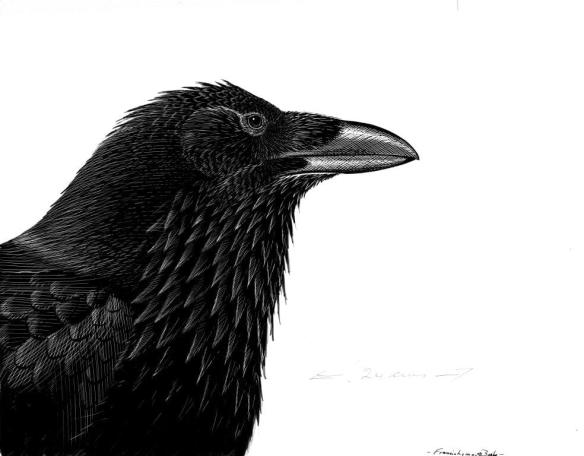
Researchers are welcome to examine the collections by contacting the appropriate curator and making arrangements with the collections manager. Please give as much notice as possible. You may contact museum staff by email, letter or phone. We will want to know the expected dates of your visit, the specimens you want to examine, and your equipment needs (e.g., a microscope). Collection access is between 10:00 AM to 5:00 PM, Monday to Friday, unless otherwise arranged with the curator or collection manager. Requests for loans of specimens must go through the collection manager.